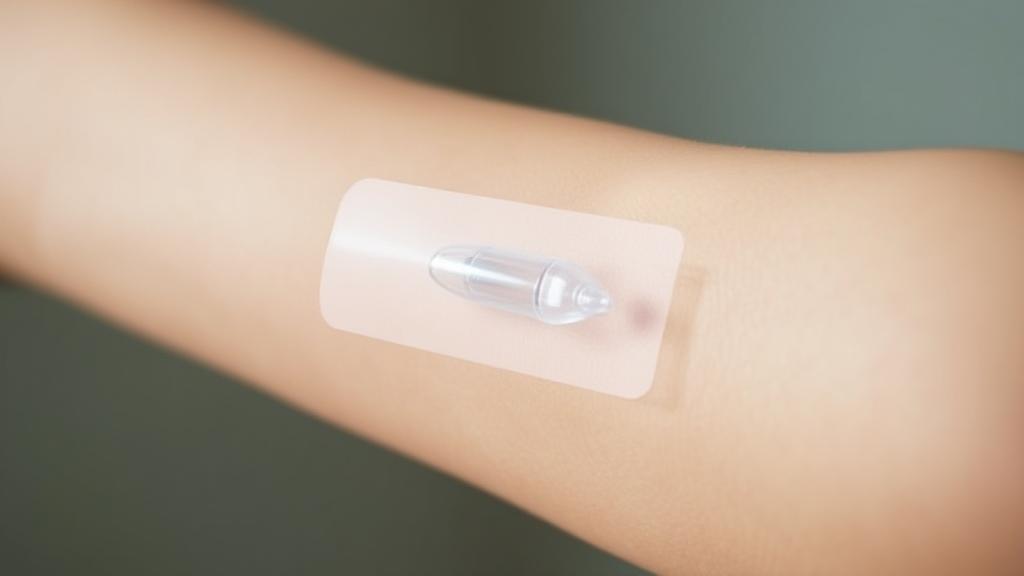What is Nexplanon? 📋
Nexplanon is a small, flexible rod about the size of a matchstick that is inserted under the skin of your upper arm. It releases etonogestrel, a progestin hormone, into the bloodstream to prevent pregnancy through multiple mechanisms:
- Preventing ovulation: Stops the ovaries from releasing eggs
- Thickening cervical mucus: Makes it harder for sperm to enter the uterus
- Thinning the uterine lining: Reduces the likelihood of implantation
For detailed information, visit the official Nexplanon website.
Effectiveness Timeline 📅
The time it takes for Nexplanon to become effective depends on when it's inserted during your menstrual cycle:
If Inserted During Your Period
- When inserted within the first 5 days of your menstrual period, Nexplanon is effective immediately
- No backup contraception is needed
If Inserted at Any Other Time
- Takes 7 days to become effective
- Must use backup contraception (like condoms) during this period
- Wait a full week before relying on Nexplanon alone
Special Circumstances 🔍
Switching from Other Birth Control Methods
- Pills to Nexplanon: No waiting period if inserted within 24 hours of last active pill
- Injectable contraception: Insert during the time you would be due for next injection
- IUD removal: Insert on the same day as IUD removal
After Pregnancy
Important: Timing of insertion after pregnancy affects effectiveness and safety.
- Post-partum: Can be inserted immediately after delivery if not breastfeeding
- Breastfeeding: Safe to insert after 4 weeks postpartum
- Post-abortion: Can be inserted immediately after procedure
Effectiveness Rates 📊
Once active, Nexplanon is highly effective:
| Time Period | Effectiveness Rate |
|---|---|
| First year | >99.9% |
| Three years | >99% |
Factors Influencing Effectiveness
Several factors can affect how well Nexplanon works:
- Incorrect Insertion: Ensure a trained healthcare provider performs the insertion
- Medications: Some medications, particularly anti-epileptics, can reduce effectiveness
- Body Weight: May be slightly less effective in women with higher BMI
- Most common antibiotics and daily activities don't affect effectiveness
Common Side Effects
After getting Nexplanon, you might experience:
- Changes in menstrual bleeding patterns
- Headaches
- Weight gain
- Breast tenderness
- Mood changes
- Acne
These side effects often diminish over time. If they persist, consult your healthcare provider.
For more information, visit the Planned Parenthood guide on birth control implants.
Remember: Always discuss your specific situation with a healthcare provider, as individual circumstances may vary.
